It’s official. Salt Lake City, Utah will host the 2034 Winter Olympics, with a staggering 80% of Utahns in favor of hosting another Winter Games. Much of the success of 2002 still lingers, quietly permeating everyday life with reminders that look like everything from shining steel arenas and monuments to our light rail public transportation. But, there is more to the legacy of the 2002 Salt Lake City Winter Games. The seeds of Utah’s love for the Olympics date back to 1912 and a young man from the town of Parowan.
Utah’s First Olympian
In May 1912, a gangly, 22-year-old from Parowan, Utah rode the train from Provo to Chicago—his first time leaving the Beehive State—to compete for a spot on the U.S. Olympic Track & Field Team. Two years prior, at BYU, Alma Richards had told his soon-to-be coach Eugene Roberts that he hadn’t even a concept of what the Olympics were, but Roberts saw potential in young Richards and put him on the path to competing in the 1912 Stockholm Olympic Games.
In his book, Alma Richards: Olympian, former University of Utah professor, Dr. Larry Gerlach, describes the meteoric ascension of Richards as an athlete. The local press called Richards “the Mormon Giant.” Gerlach says, “After only a year of collegiate competition, Coach Roberts ranked Alma as one of the seven best high jumpers in the United States and among the 15 best in the world.”
At the Central Olympic tryouts in Illinois, the athlete from Parowan was a virtual unknown, competing against high jumpers from major collegiate programs and prominent amateur athletic clubs. Richards ignored officials when they told him he could not compete in what would become his signature floppy hat (which Richards dubbed his “mascot”). He cleared 6-feet-3-inches, the highest he had ever jumped, to qualify.
With his large physique, “farmer boy” appearance and unconventional technique, he was underestimated. Still, Richards told anyone who asked that he would win the gold medal and clear 6-feet-4-inches. When a teammate challenged him, pointing out that he’d never jumped that high, Alma agreed. “But I will,” he said.
The world expected Americans to dominate in “Athletics” (the original name for the track and field events), but Stanford University’s George Horine was the favorite to win the high jump, with his record jump of 6-feet-8½-inches.
On July 7, 1912, crowds gathered to watch the 23 athletes competing in the high jump. Richards amused them by wearing his old hat, atop his crisp, white Olympic uniform. He struggled to clear the qualifying height, 6-feet-2-inches, missing his first two attempts before narrowly succeeding on the third. He earned a spot among the 11 finalists, six of them Americans, including Jim Thorpe—a Native American track star and All-American football player who would go on to win gold medals in pentathlon and decathlon.
As one high jumper after another faltered, only fellow American George Horine, Richards and Germany’s Hans Liesche remained. Horine failed to break 6-feet-2½-inches, earning him a bronze medal. Liesche “sailed” over a bar at 6-feet-3-inches (a new Olympic record) while Richards struggled, again needing all three attempts before clearing the bar. With the bar then set to 6-feet-4-inches, Richards jumped first and shocked the world, clearing the height with ease. Liesche missed all three of his attempts.
Alma Richards, the “farmer boy” from Parowan, had won an Olympic gold medal in high jump.
His Olympic success marked an early moment of triumph in a life filled with athletic achievement, both as a competitor at BYU and Cornell University and later as an educator. “Alma Richards was more than an Olympic hero. He was a public relations ambassador for his state and church…that had previously received little sports recognition in the national press.” But, according to Gerlach, “What cemented Alma’s celebrity, primarily to Mormons,” was the portrayal of him in the LDS Church’s cultural contribution to the 2002 Winter Games, a 90-minute dance, musical and theatrical spectacular called “Light of the World: A Celebration of Life.”
Alma was not the only Olympian portrayed in the massive show, but he took center stage. As to why, Gerlach quotes BYU’s Richard Kimball: “Whether it was 1912 or 2002, recreation and athletics remained viable ways for the church to inculcate values and model proper social behavior.” The show took liberties and perpetuated inaccuracies, but why would they let the truth get in the way of a good story?
Utah Olympics Medalists Throughout History
While many Olympians have trained in Utah, some are born here, and others choose to stay
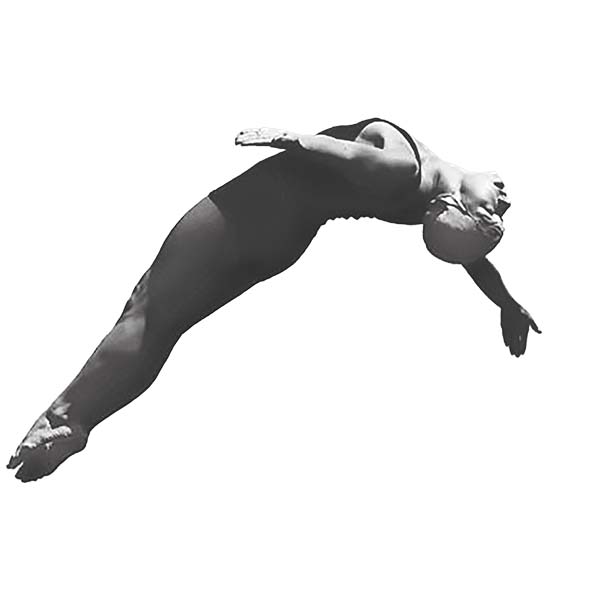
Dorothy Poynton-Hill
Diving
1928: Silver, 3-meter springboard; 1932: Golde, 10-meter platform; 1936: Gold, 10-meter platform and Bronze, 3-meter springboard
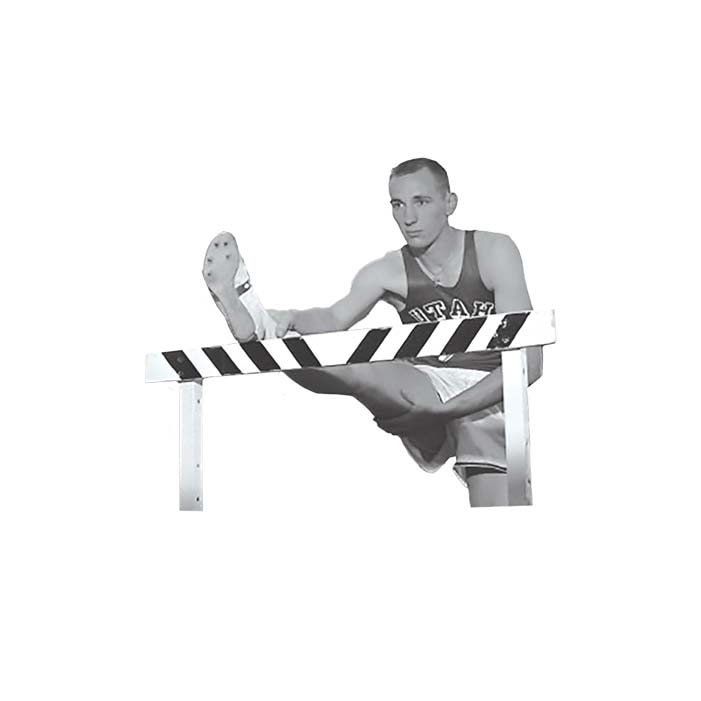
Blaine Lindgren
Track
1964: Silver, 10-meter hurdles
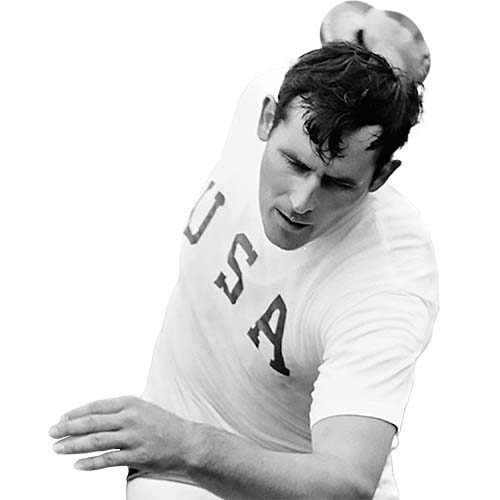
L. Jay Silvester
Discus Throw
1972, Silver
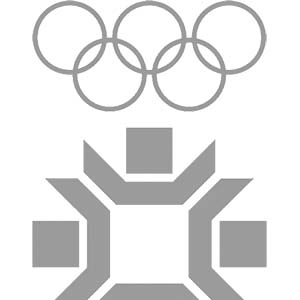
Josef Savobčík
Figure Skating
1984: Bronze, Singles
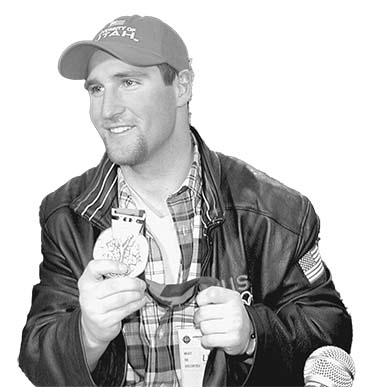
Joe Pack
Freestyle Skiing
2002: Silver, Aerials
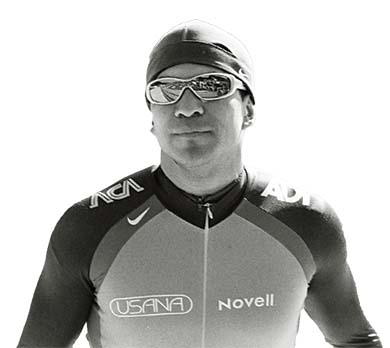
Derek Parra
Speedskating
2002: Gold, 1,500 meters and Silver, 5,000 meters
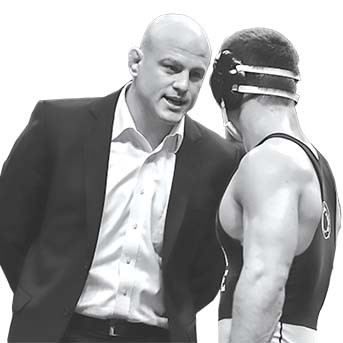
Cael Sanderson
Wrestling
2004: Gold, Freestyle wrestling
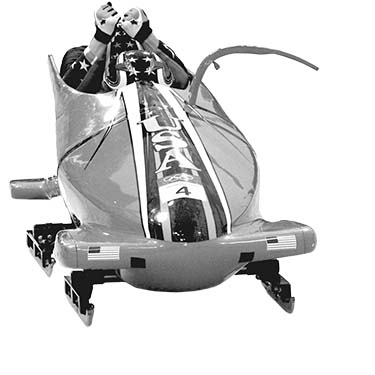
Shauna Rohbock and Valerie Fleming
Bobsled
2006: Silver, Two-person
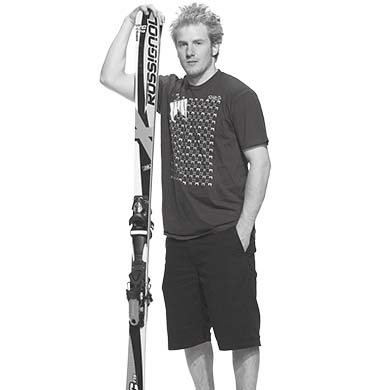
Ted Ligety
Alpine Skiing
2006: Gold, Combined Event
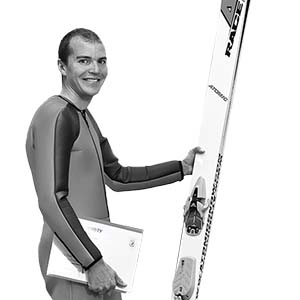
Billy Demong
Nordic Skiing
2010: Gold, 10-km large hill and Silver, team

Steven Holcomb
Bobsled
2010: Gold, Four-person

Steven Holcomb
Bobsled
2014: Silver, Two-person and Silver, Four-person (with Christ Fogt)

Ted Ligety
Alpine Skiing
2014: Gold, Giant Slalom
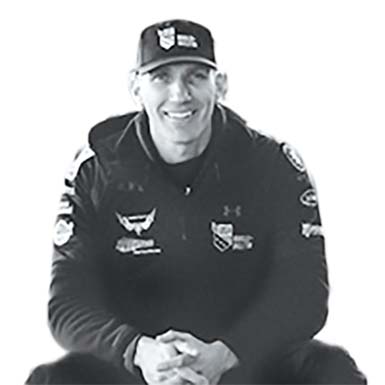
Chris Fogt
Bobsled
2014: Silver, Two-person (with Steven Holcomb)
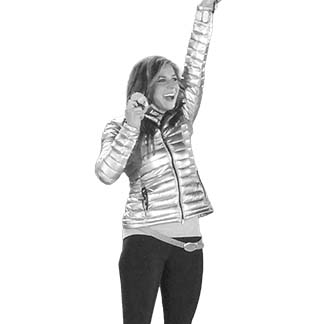
Noelle Pikus-Pace
Skeleton
2014: Silver
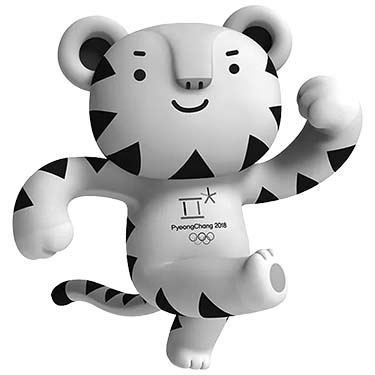
Isabel Atkin
Freestyle Skiing
2018: Bronze, Slopestyle

Brittany Bowe
Speed Skating
2018: Bronze, Team pursuit
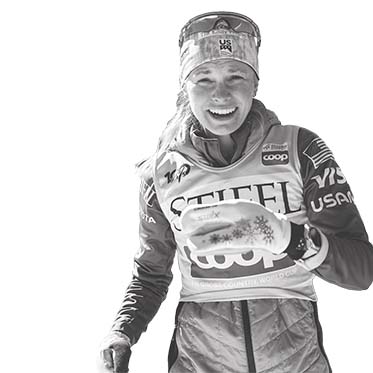
Jessie Diggins
Cross-Country Skiing
Gold, Team sprint
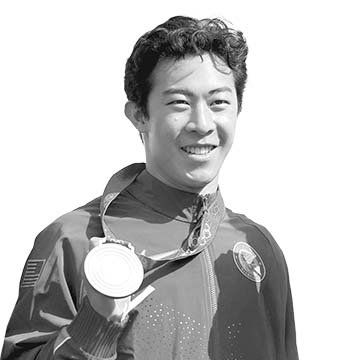
Nathan Chen
Figure Skating
2018: Bronze, Team
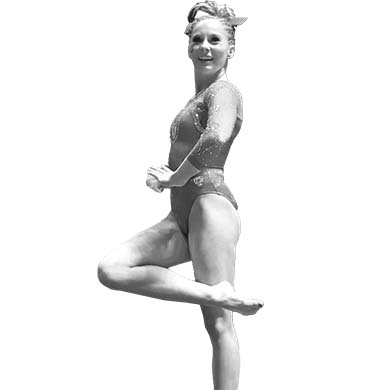
Mykayla Skinner
Gymnastics
2020: Silver, Vault
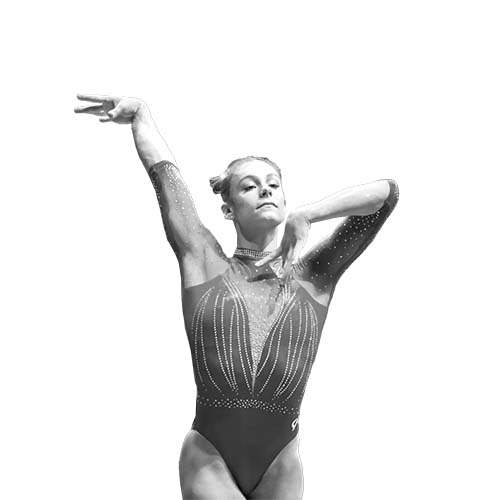
Grace McCallum
Gymnastics
2020: Silver, Team
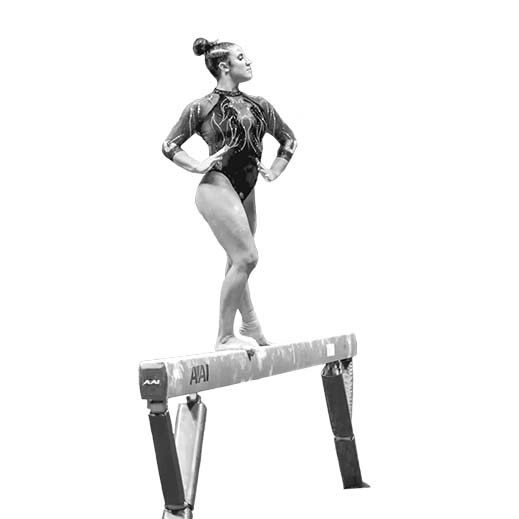
Amelie Morgan
Gymnastics
2020: Bronze, Team
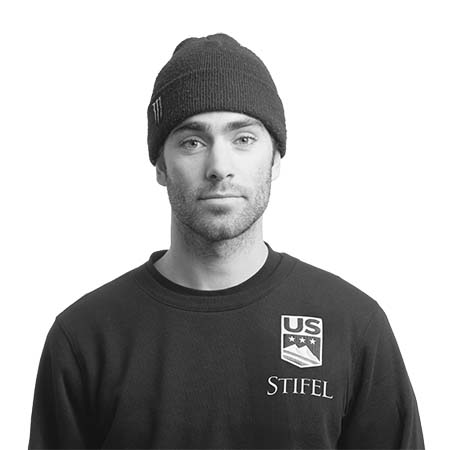
Alex Hall
Freestyle Skiing
2022: Gold, Slopestyle
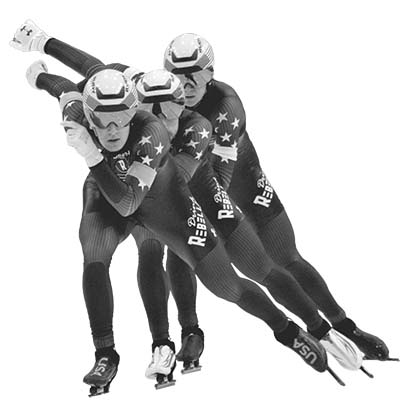
Casey Dawson and Ethan Cepuran
Speed Skating
2022: Bronze, Team pursuit

Jesse Diggins
Cross-Country Skiing
2022: Silver, 30-km freestyle and Bronze, individual spring
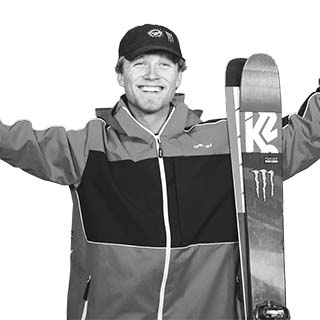
Colby Stevenson
Freestyle Skiing
2022: Silver, Big Air
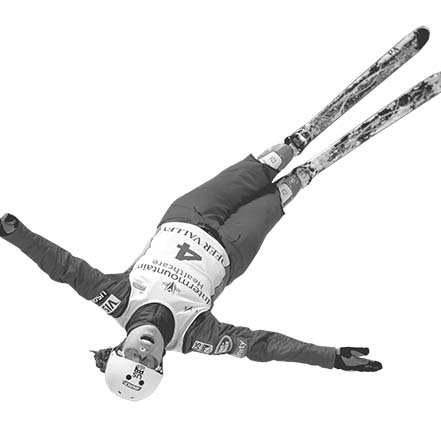
Ashley Caldwell
Freestyle Skiing
2022: Gold, Mixed team aerials
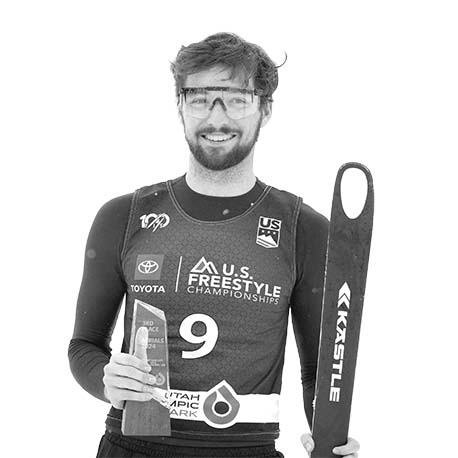
Christopher Lillis
Freestyle Skiing
2022: Gold, Mixed team aerials
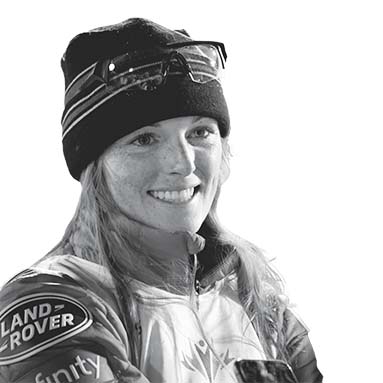
Megan Nick
Freestyle Skiing
2022: Bronze, Aerials
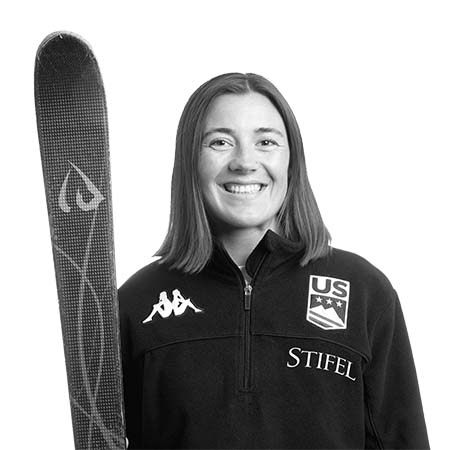
Jaelin Kauf
Freestyle Skiing
2022: Silver, Moguls

Brittany Bowe
Speed Skating
2022: Bronze, 1,000 meter

Nathan Chen
Figure Skating
2022: Gold, Singles and Gold, Team
Find even more medalists with Utah connections from the 2024 Paris Olympics here!
See more stories like this and all of our culture and community coverage. And while you’re here, why not subscribe and get six annual issues of Salt Lake magazine’s curated guide to the best of life in Utah?


